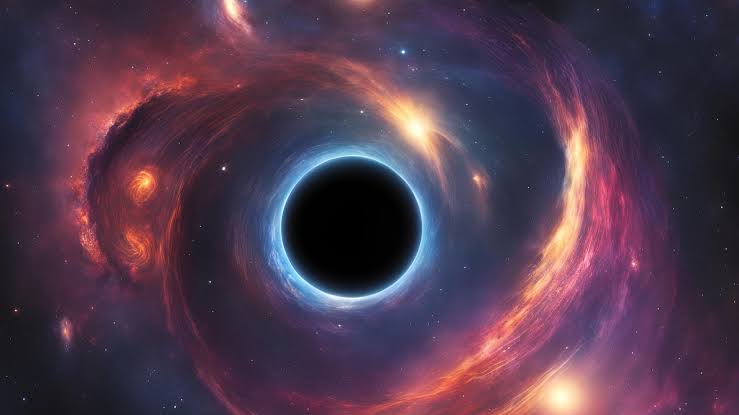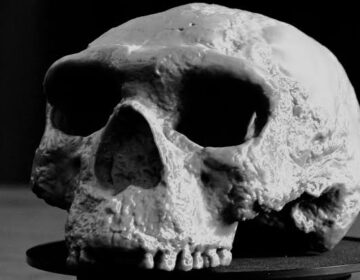Black hole, once thought to be unknowable, are now under close scrutiny thanks to the Event Horizon Telescope’s groundbreaking images.
Scientists have used these observations to explore whether Einstein’s general relativity truly holds up under extreme conditions. By comparing simulated “shadow” images of black holes predicted by various theoretical models, researchers can test how alternative ideas might differ from Einstein’s framework.
Black holes are often described as cosmic gluttons, devouring everything that strays too close—including light itself. This is what makes the groundbreaking images captured by the Event Horizon Telescope (EHT) of the supermassive black holes at the centers of the galaxy M87 and our own Milky Way so remarkable.
“What you see on these images is not the black hole itself, but rather the hot matter in its immediate vicinity,” explains Prof. Luciano Rezzolla, who, along with his team at Goethe University Frankfurt, played a key role in the findings. “As long as the matter is still rotating outside the event horizon – before being inevitably pulled in – it can emit final signals of light that we can, in principle, detect.”
These images essentially capture the black hole’s shadow, opening new ways to explore the science behind these extreme cosmic phenomena. For more than a century, Einstein’s general theory of relativity has served as physics’ most successful explanation of space and time. It predicts the formation of black holes and defines their key feature, the event horizon, a boundary beyond which nothing, not even light, can escape.
“There are, however, also other, still hypothetical theories that likewise predict the existence of black holes. Some of these approaches require the presence of matter with very specific properties or even the violation of the physical laws we currently know,” Rezzolla says.







